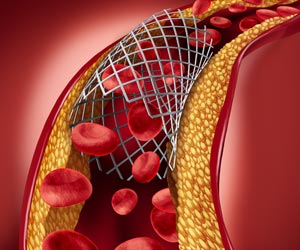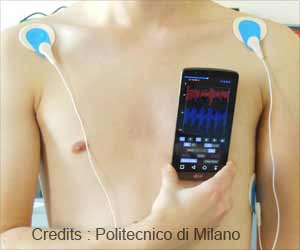A new smart scarf to be operated via smartphone has been developed that heats up on demand and vibrates too, reported PC World.

It consists of hexagon-shaped modules of industrial felt with conductive copper taffeta on top, with some of the modules able to heat up and others able to vibrate.
The modules then form a chain with a master controller module, which connects to a smartphone app via Bluetooth for controlling the heating and vibration. Users can also rearrange the order of the modules using metal snaps at the end of each one, or use a sleeve to change the look of the scarf.
Microsoft researchers see Swarm as having deeper medical uses beyond keeping people's neck warm. Someday, sensors might be able to detect stress in the wearer, and provide heat or pressure as a form of therapy.
This type of treatment is occasionally used for people with autism, and researchers say they consulted with people who have autism, hearing disabilities and visual impairments as part of the project.
Source-ANI









